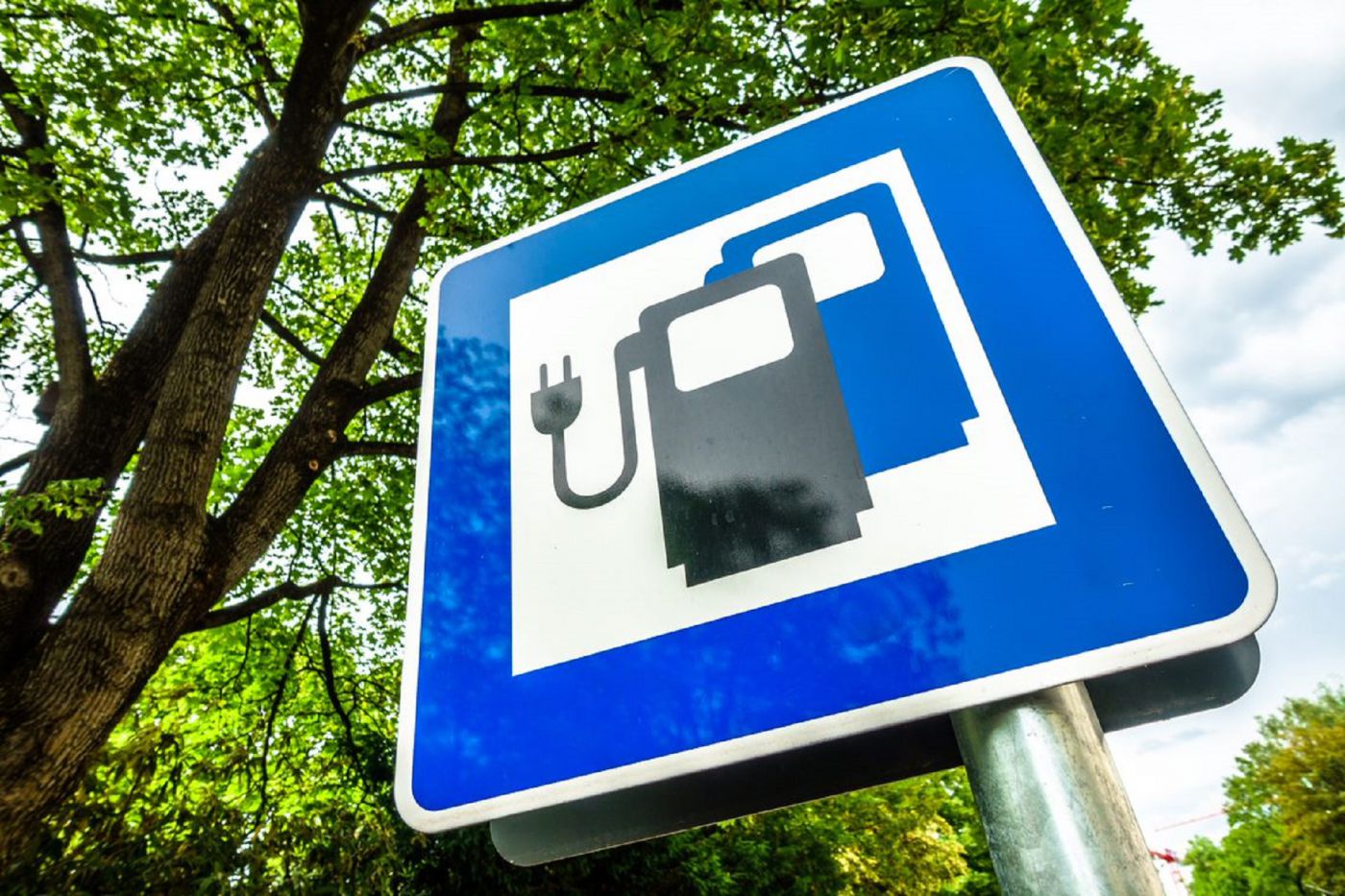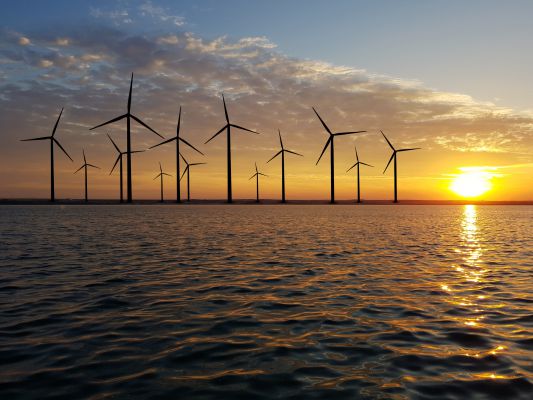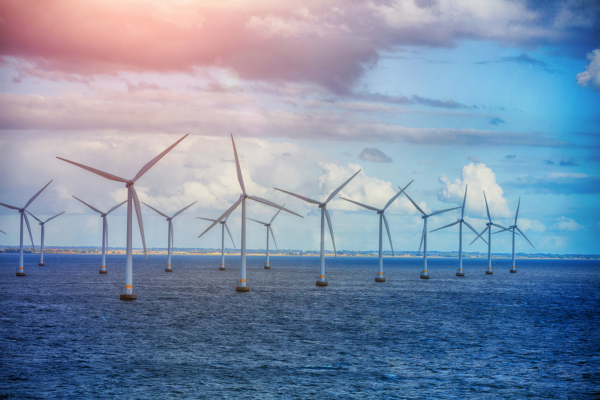Powering vehicles with environmentally friendly fuels instead of gasoline can significantly reduce the environmental impact. Despite this, many greener sources of fuel, such as biofuel, are not viewed as practical due limited potential for producing large amounts. Electricity provides a viable and more environmentally friendly alternative to fossil fuels – particularly if the electricity is generated by wind or another renewable source. Sector coupling may form the basis for shifting away from relying on fossil fuels and create what is known as an all-electric world.
Making electricity the default form of power creates an all-electric world. Electricity can be produced sustainably – reducing the consumption of finite resources that negatively impact the environment. Examples of this include powering vehicles or heating homes with electricity instead of fossil fuels.
How does sector coupling work?
Sector coupling is the sharing of energy between numerous sectors. Typically, electricity generated by wind turbines would be used to power electrical devices in homes or street lights, for example. Sector coupling makes stored energy available for various users, industries, and appliances. This would make full use of wind energy and could be particularly useful in areas where there is a high capacity of installed turbines.
There are still obstacles to overcome
While the benefits of sector coupling are clear, new technology must be adopted before the practice is viable. In Germany, the majority of vehicles, estimated at 94.8 percent, are powered by fossil fuels. If electric-enabled devices or vehicles are not widely used, sector coupling is not possible. However, the German government is looking to address this by targeting a 10 percent reduction in fossil fuel consumption for transport by 2020 and a 40 percent decrease by 2050 compared to 2005. As nations look to reduce emissions, we are likely to see more investment in technologies that support sector coupling.



